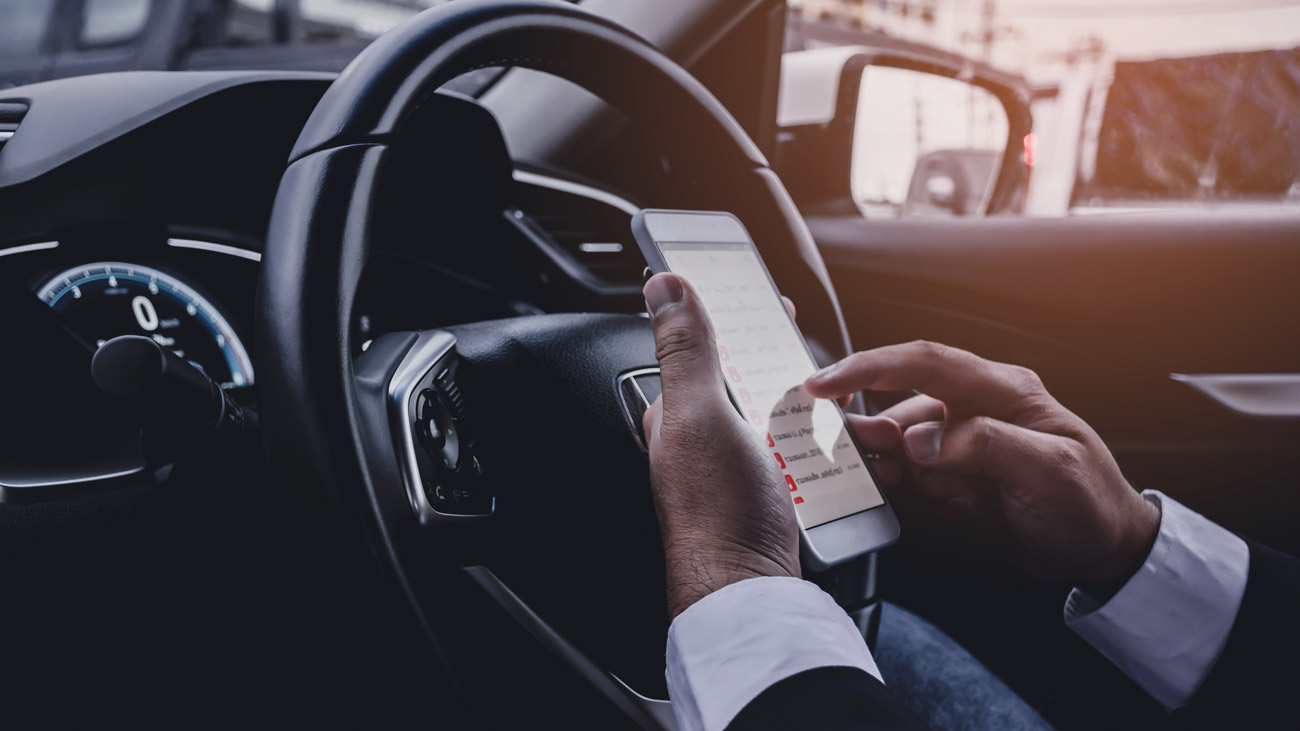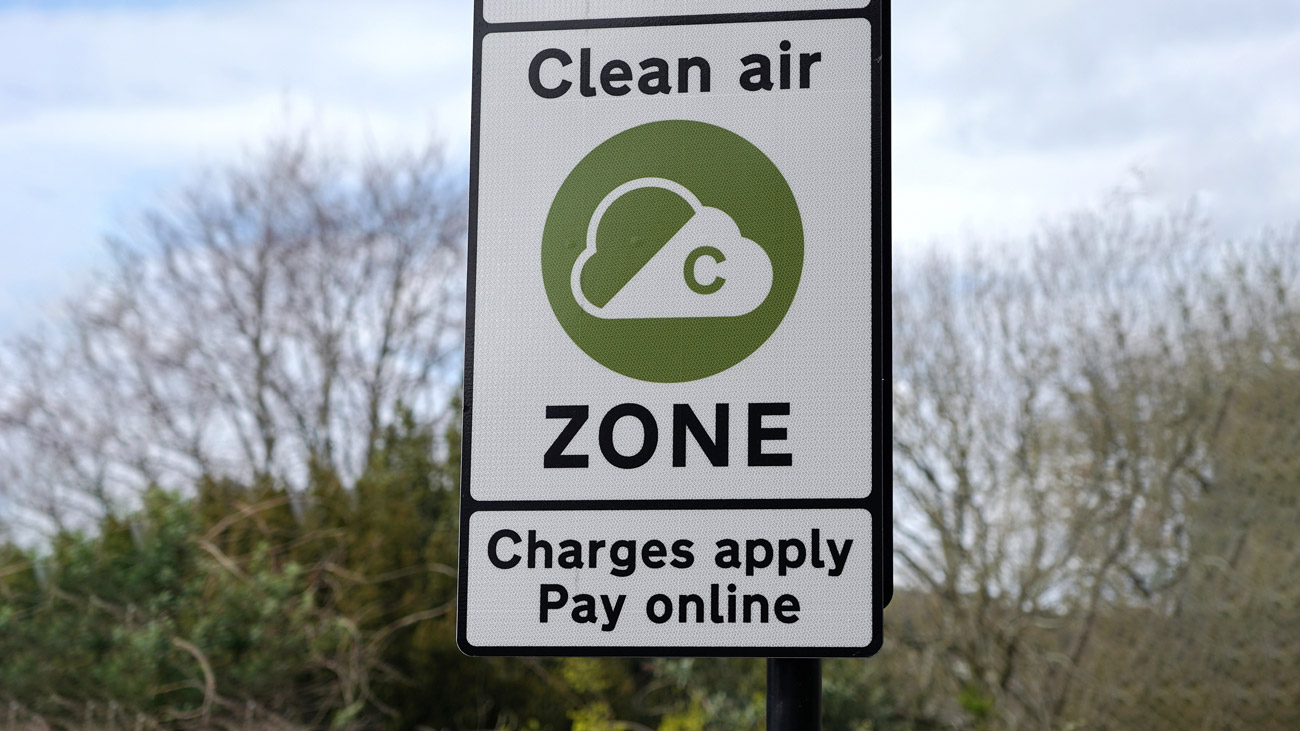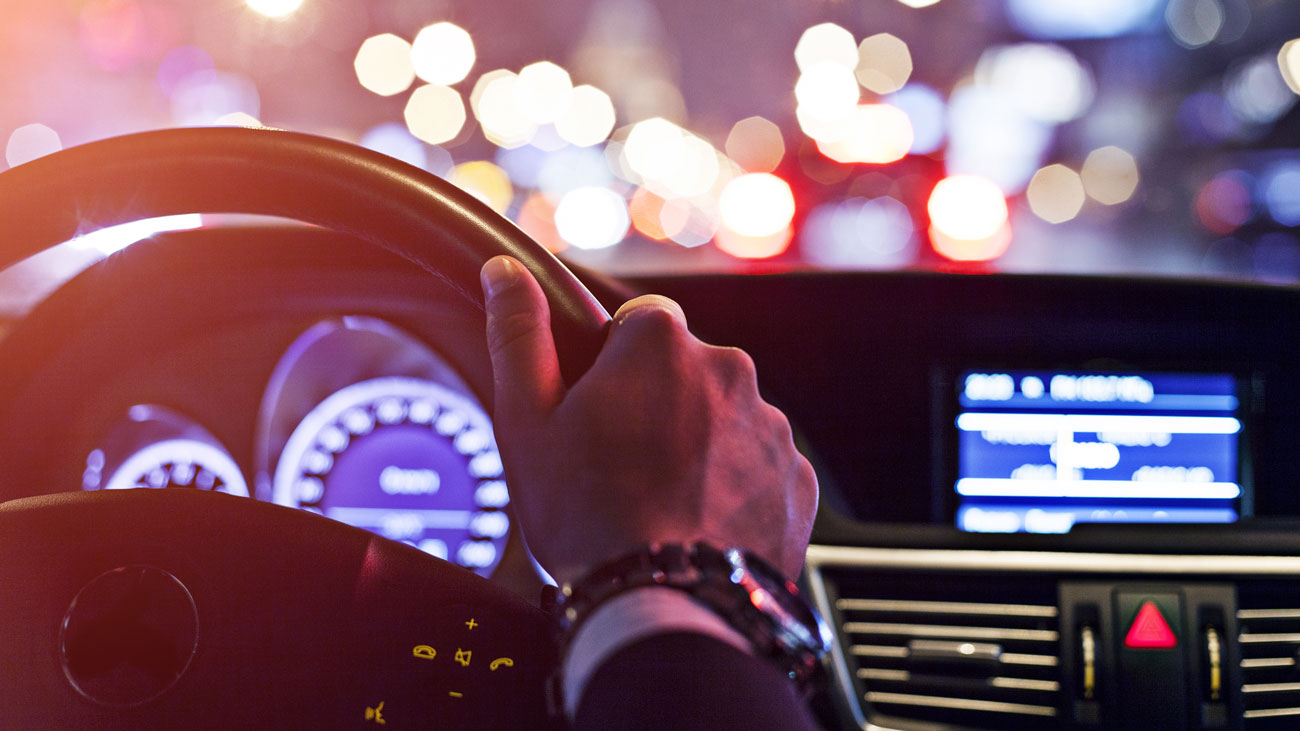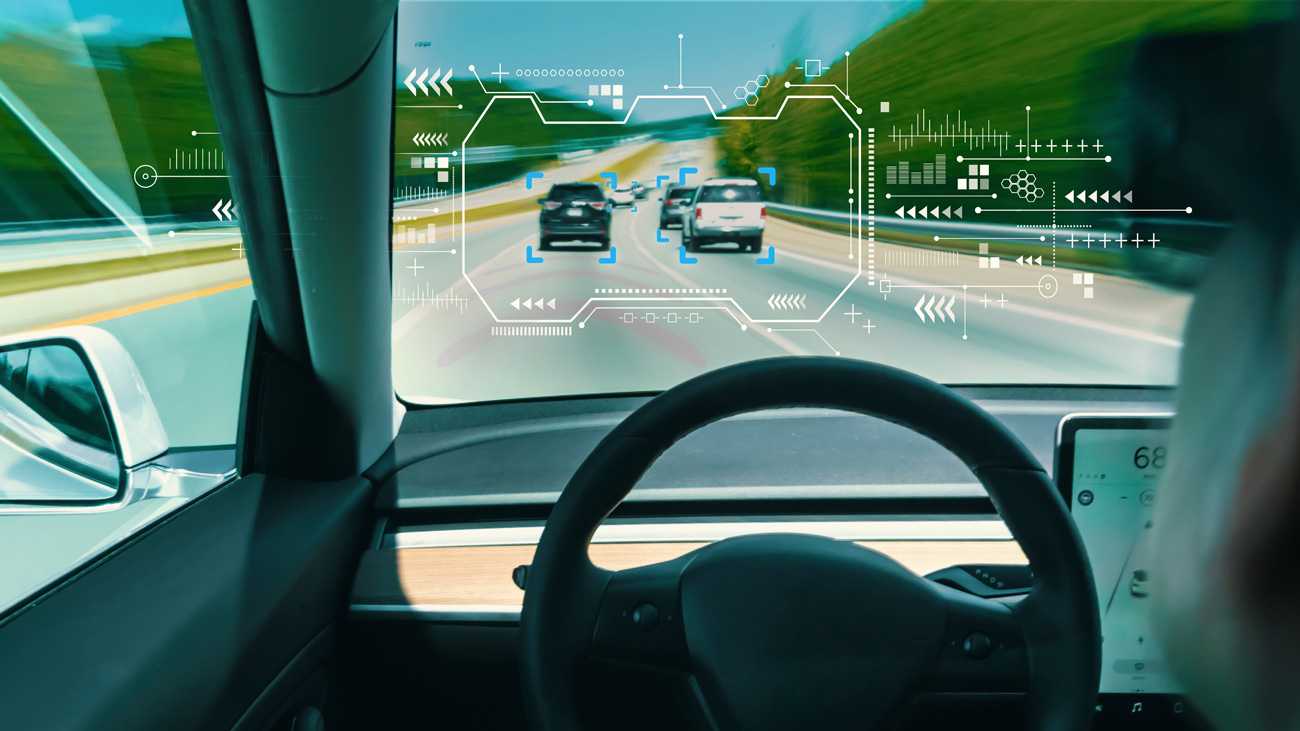
Zero tolerance for phone use behind the wheel as law changes
It is now illegal for motorists to use a handheld mobile phone under virtually any circumstance while driving. Since Friday 25 March 2022 motorists will be breaking the law if they use a handheld mobile phone behind the wheel for any use, including to take photos or videos, scroll through playlists or play games – as the government closes a loophole previously exploited by dangerous drivers to escape conviction. Anyone caught using their handheld device while driving could face a fine of up to £1,000 as well as six points on their licence or a full driving ban.
Research suggests that drivers who use a mobile phone, whether handheld or hands-free, are four times more likely to crash, injuring or killing themselves and other people.
The government’s award-winning THINK! team is also launching an £800,000 awareness campaign to remind drivers not to use a handheld phone at the wheel and of the penalties if choosing to ignore this new law. The campaign will run across video on demand, online video, social media channels and radio in England and Wales until the end of April.
Transport Secretary, Grant Shapps, said:
“I will do everything in my power to keep road users safe, which is why I am taking a zero tolerance approach to those who decide to risk lives by using their phone behind the wheel. I’m ensuring anyone who chooses to break this vital law can face punishment for doing so and we’ll continue our efforts to ensure our roads remain among the safest in the world.”
Edmund King, AA president, said:
“The AA has long campaigned to make handheld mobile phone use while driving as socially unacceptable as drink driving and we warmly welcome the new law. This is a much-needed toughening of the rules to help make our roads safer. Those who believe they can still play with their phone because it’s in a cradle must think again – they leave themselves open to prosecution for either careless or dangerous driving. The best thing to do is to convert your glovebox into a phone box. We all need to keep our hands on the wheel and our eyes on the road.”
Drivers are still able to make contactless payments, for example, at drive-throughs, so long as their vehicle is stationary. They can also still use a device ‘hands-free’ while driving if it’s secured in a cradle, allowing motorists to use their phone as a sat-nav.
They must, however, always take responsibility for their driving and can be charged with an offence if the police find them not to be in proper control of their vehicle.
Updates to the law follow a public consultation that found 81% of respondents supported proposals to make it easier for culprits to be prosecuted.
The law previously only applied to so-called ‘interactive communication’ such as making a call, as it was written before mobile phones could be used for more complicated tasks, such as taking videos. Previously those caught using their mobiles at the wheel have in some cases been able to escape conviction by claiming that they weren’t using them for interactive communication.
The update to the law ensures nobody will be able to use the loophole to escape conviction.






